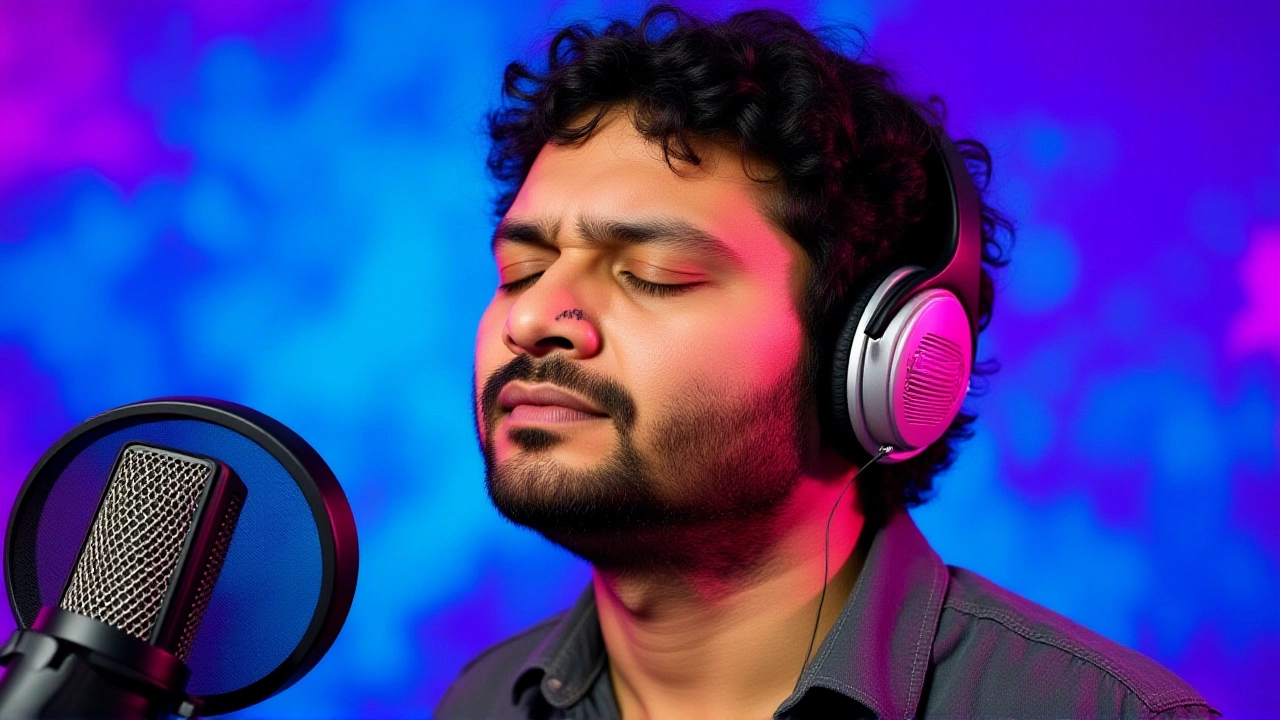
The Odia music world lost one of its brightest voices when Human Sagar, 34, passed away at AIIMS Bhubaneswar on the night of November 17, 2025, at 9:08 p.m. Just three days earlier, the beloved singer had been rushed to the hospital after collapsing with symptoms of a catastrophic systemic collapse. Doctors diagnosed him with multiple organ dysfunction syndrome (MODS), a condition where the body’s vital organs — lungs, kidneys, liver, and heart — began shutting down in rapid succession. His wife, Shreya Mishra, later revealed that initial improvements in the first 48 hours gave hope — but then, silence. No progress. Just a slow, heartbreaking stillness.
A Star’s Sudden Fall
Human Sagar wasn’t just another singer. He was the voice of a generation in Odisha. Born into a family steeped in music — his parents were vocalists, his grandfather a classical musician — he rose to fame after winning Voice of India in 2012. By 2015, he’d made his film debut with the title track of Tu Hi Tu, and over the next decade, he lent his voice to nearly 19 Odia films, released multiple albums, and became a staple on radio and streaming platforms. His Instagram page, with over 139,000 followers, wasn’t just a profile — it was a community. When news of his hospitalization broke, the comments flooded in: “Come back to us, Human.” “We need your songs.” “Praying for you.”
His condition was complex. Beyond MODS, doctors found acute-on-chronic liver failure (ACLF), bilateral pneumonia, dilated cardiomyopathy, severe left ventricular systolic dysfunction, and dangerous blood clotting. The medical team at AIIMS Bhubaneswar worked around the clock. He was placed on advanced life support, monitored continuously, and treated with every available tool. But the damage was too deep. The body, already weakened, couldn’t recover.
Leaders, Fans, and a State in Mourning
Mohan Charan Majhi, Chief Minister of Odisha, personally reviewed Sagar’s case over the weekend, directing hospital staff to spare no effort. He even assured the family that if needed, Sagar would be airlifted to AIIMS Delhi — a gesture that meant more than policy. It was recognition. A state acknowledging one of its own.
Former Chief Minister Navin Patnaik echoed that sentiment on social media. “The entire state is praying,” he wrote just two days before Sagar’s death. “We hope he returns to his family and to the music he loves.”
When the news broke, social media turned black. Odia artists posted old videos of him performing. Fans lit candles. Music schools observed a minute of silence. Even outside Odisha, in cities like Kolkata and Bangalore, Odia communities gathered to remember him. His song “Tora Mana Kela” — a ballad about longing — began trending again. It felt like a farewell.
Why This Matters Beyond Music
Human Sagar’s death isn’t just a loss of talent — it’s a warning. He was young. Active. No known history of smoking or heavy drinking. Yet his organs failed without clear warning. Experts say cases like his are increasingly common among artists who work under extreme pressure: irregular hours, poor diet, chronic stress, and lack of medical check-ups. “We see this too often,” said Dr. Shrikant Behra, the lead physician at AIIMS Bhubaneswar. “Creative professionals think they’re invincible. They push through fatigue, ignore pain. By the time they come in, it’s often too late.”
Sagar’s story forces a hard conversation. The music industry — especially regional industries like Odia cinema — rarely provides health support. No wellness programs. No mental health counselors. No mandatory physicals. He was a star, but he was also a worker. And workers need protection.
Legacy in Every Note
He leaves behind a catalog of 150+ songs, dozens of live performances, and a generation of young singers who grew up imitating his voice. His widow, Shreya, has said they were planning to launch a music foundation for underprivileged children in rural Odisha. That dream may now be carried forward by others.
His funeral was held in Bhubaneswar on November 18. Thousands lined the streets. Police had to manage the crowd. At the cremation ground, a single microphone stood silent — the kind he used on stage. Someone placed a garland of marigolds around it. No one spoke. Just the wind. And the echo of a voice that once filled stadiums.
Frequently Asked Questions
What caused Human Sagar’s death?
Human Sagar died from multi-organ dysfunction syndrome (MODS), triggered by acute-on-chronic liver failure, bilateral pneumonia, and severe cardiomyopathy. His body’s systems failed rapidly despite intensive care at AIIMS Bhubaneswar. Doctors confirmed no signs of trauma or infection from external sources — the collapse was internal and systemic.
Was Human Sagar transferred to AIIMS Delhi as promised?
No. Although Chief Minister Mohan Charan Majhi offered to airlift him to AIIMS Delhi, doctors determined his condition was too unstable for transport. Moving him would have risked cardiac arrest during transit. The decision was made to keep him under constant monitoring in Bhubaneswar, where the medical team had already stabilized his vitals as much as possible.
How did the Odia music community react to his death?
The reaction was immediate and overwhelming. Over 50 Odia artists released tribute songs within 48 hours. Radio stations played his hits non-stop. The Odisha State Cultural Council announced a state mourning day. His funeral drew an estimated 15,000 people — one of the largest turnouts for a cultural figure in Odisha in the last decade.
Did Human Sagar have any known health issues before his hospitalization?
No public records or interviews suggest he had diagnosed chronic conditions. He was active on social media, posted workout videos, and appeared energetic during live shows as recently as October 2025. Friends say he complained of fatigue and chest discomfort in the weeks before, but dismissed it as stress. His case highlights how silently serious illnesses can develop in high-pressure creative careers.
What’s being done to honor his legacy?
His wife, Shreya Mishra, and the Odisha Music Guild are planning a posthumous album of unreleased tracks. A scholarship fund in his name will support young singers from rural Odisha. The state government is also considering naming a cultural center after him. Fans have already started a petition to make his birthday, November 14, a state observance day for Odia music.
Why is his death significant for regional music industries?
Human Sagar’s death shines a light on the lack of healthcare infrastructure for regional artists. Unlike Bollywood or pop stars, Odia musicians rarely have access to wellness programs, insurance, or regular screenings. His case has sparked calls for a statewide artist health initiative — including mandatory annual check-ups and mental health support — a first for any Indian state’s regional music sector.


